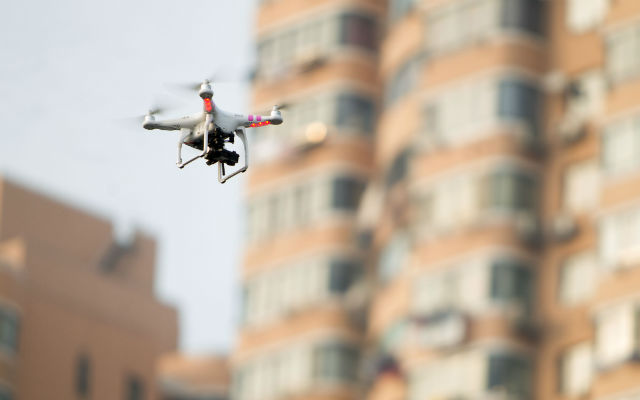Commercial unmanned air vehicle operators have advised those wishing to exploit this emerging technological market to take a common sense approach to operating within the boundaries set out by the UK Civil Aviation Authority.
The proliferation of UAVs in the UK and subsequent interest in commercial operations using the technology – be it through aerial photography or oil pipe inspection, for example – has led to a saturated market. As a result, potential operators need to be savvier with their safety procedures and business models, experts told the SkyTech conference in London.
Justin Pringle, drone development manager at Heliguy.com, says operators need to stop relying on technology – particularly when it comes to batteries.
Users need to work out the life of the battery and make sure they operate below that, he says, so a UAV can land safely with no risk of running out of power.
There is also a tendency for operators to continue flying a UAV for the sake of it because there is battery power left, but Pringle says flying for 1min and collecting all the data is better practice and a safer operation than flying for 15min just because you can.
He adds that at least two operators should be present during flights in case anything goes awry, and users should establish emergency landing pads and clearly communicate this information to all involved.

Rex Features
Pringle notes that measures can be taken to allow for riskier operations that still work within CAA criteria, such as using safety nets to operate above crowds and operating indoors where restrictions do not apply, or by installing parachutes for safe recovery.
He adds that operators should use UAVs with more rotor blades to provide redundancy, such as a “hexacopter” six-rotor system, rather than a quadcopter that will fall if one of the four rotor blades fails.
Pan cameras are also ideal because they allow the operator to stand in different positions – not necessarily just behind, as is generally required with a forward-facing sensor – so they can manage the operation of the aircraft better.
Meanwhile, Andrew Griffiths, managing director of Droneflight, says there is too much precedence laid on the CAA granting permission for aerial work to commercial operators, which he says only shows that a company is safe and legal to fly, but does not mean an operation is commercially viable.
“People are excited by drones, and they want to do things that are interesting and exciting with them,” he notes. However, he says it is not just about aerial work, and other ground-based skills are required.
“What I worry about is the flight controllers,” he adds, reiterating Pringle’s argument that sophisticated technology makes operators complacent as they learn to rely too much on technology.
Source: FlightGlobal.com


























